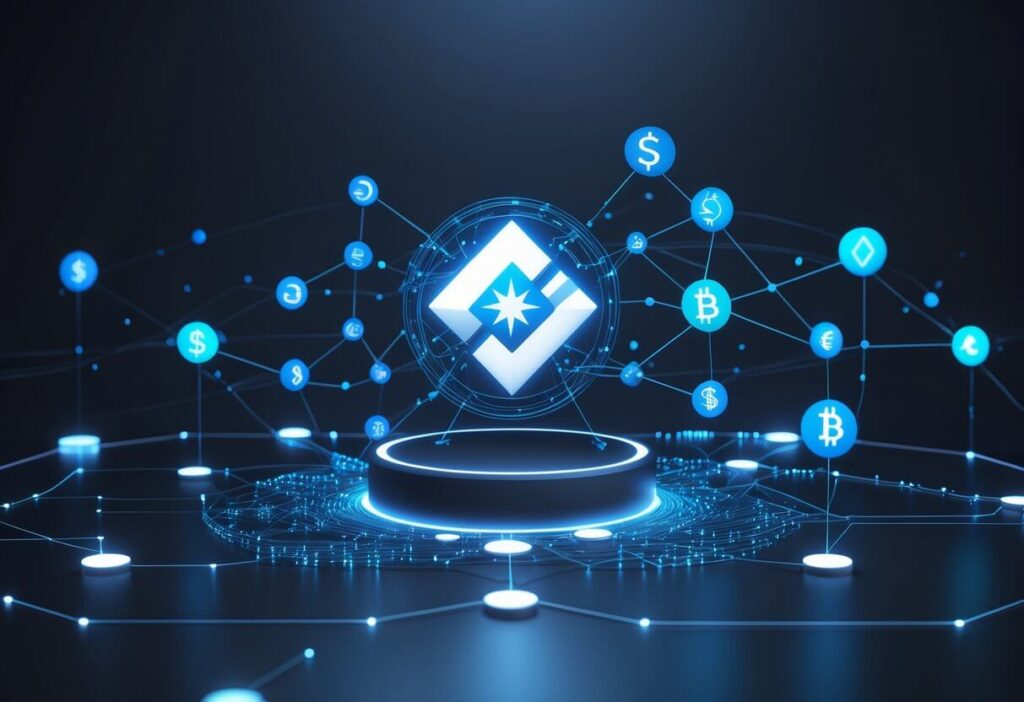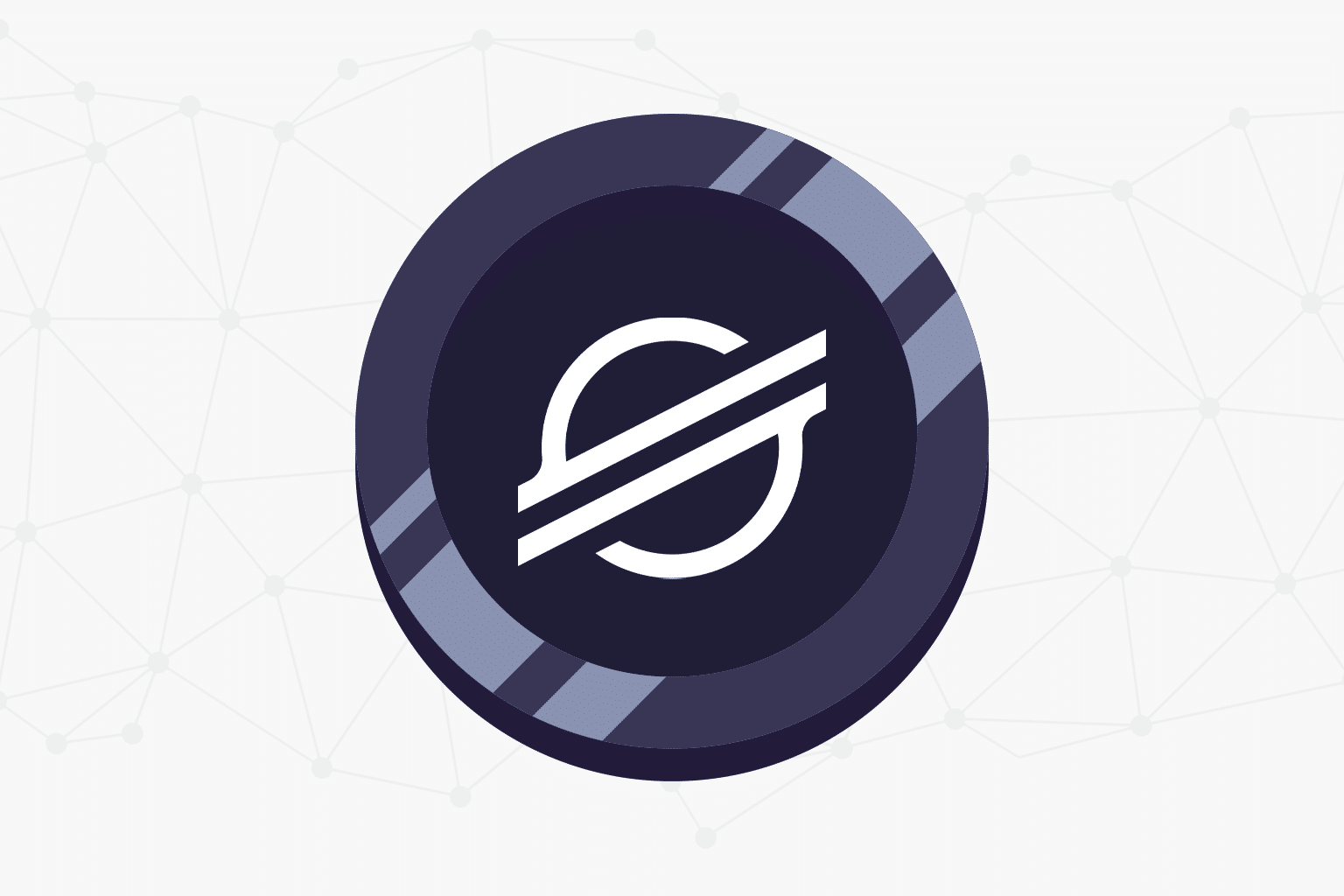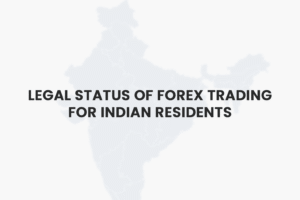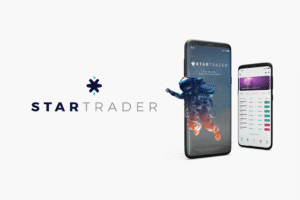XLM stands for Stellar Lumens, and it’s been making waves in the cryptocurrency world for good reason. If you’ve heard about digital currencies that promise faster and cheaper payments, XLM deserves your attention.

XLM is the native cryptocurrency of the Stellar network, a blockchain platform designed to facilitate fast, low-cost cross-border payments and connect different financial systems worldwide. Unlike many cryptocurrencies that focus solely on speculation, XLM serves practical purposes like paying network fees and enabling multicurrency transactions.
I’ll walk you through everything you need to know about XLM, from its origins and how it works to its real-world applications and investment considerations. Whether you’re curious about its partnerships with major companies like IBM or wondering how it compares to other payment-focused cryptocurrencies, this guide covers the essential details that matter most.
Key Takeaways
- XLM is Stellar’s native token that powers a blockchain network focused on making global payments faster and cheaper
- The Stellar network connects different currencies and financial systems, allowing seamless transfers between banks, institutions, and individuals
- XLM has practical uses beyond speculation, including paying transaction fees and serving as a bridge currency for international transfers
Overview of XLM
XLM, also known as Lumens, is the native cryptocurrency of the Stellar network. I’ll explain how this digital currency works within Stellar’s blockchain ecosystem.
What XLM Does
XLM acts as a bridge between different currencies on the Stellar network. It helps settle transactions and maintain network security. Every transaction requires a small XLM fee to prevent spam.
Key Features
The Stellar network focuses on cross-border payments and financial inclusion. Unlike many other cryptocurrencies, XLM is not mined. Instead, all tokens were created when the network launched.
Network Functions
| Feature | Details |
|---|---|
| Transaction Fee | 0.00001 XLM per operation |
| Settlement Time | 2-5 seconds |
| Minimum Balance | 1 XLM per account |
Smart Contract Platform
Stellar supports smart contracts through its Soroban platform. This enables asset issuance and decentralized finance applications. The network can tokenize real-world assets without complex coding.
Supply Details
The total XLM supply was reduced to approximately 50 billion tokens in 2019. About 28.9 billion are currently in circulation. The Stellar Development Foundation holds the remaining tokens for network development.
History & Evolution
Jed McCaleb created Stellar in 2014 with a clear mission to make cross-border payments faster and cheaper. McCaleb was already known in the crypto world as a co-founder of Ripple and the creator of Mt. Gox.
Joyce Kim joined as co-founder and together they established the Stellar Development Foundation. This non-profit organization manages the network’s development and promotes financial inclusion worldwide.
The project started with 100 billion XLM tokens created at launch, unlike Bitcoin’s mining system. Early investors like Stripe provided initial funding to help the network grow.
Major partnerships shaped Stellar’s evolution:
- IBM partnered with Stellar to create World Wire
- MoneyGram International integrated Stellar for payment processing
- Multiple financial institutions joined the network
In 2019, the Stellar Development Foundation made a controversial decision. They burned half of the XLM supply, reducing it from 100 billion to 50 billion tokens. This move aimed to create scarcity but faced criticism.
The network has continuously evolved with technical improvements and new features. The Stellar Consensus Protocol provides fast transaction speeds without energy-intensive mining.
Today, Stellar focuses on connecting traditional financial systems with blockchain technology. The platform serves both individuals and institutions looking for efficient payment solutions.
Composition & Sector Weights
I notice there may be some confusion in your request. The search results I have are about XLB (Materials Select Sector SPDR Fund), not XLM (Stellar Lumens cryptocurrency).
XLM is a cryptocurrency, so it doesn’t have traditional sector weights like an ETF would. Instead, I can explain XLM’s technical composition.
Core Technology Stack:
- Soroban: XLM’s smart contract platform built on WebAssembly
- Rust: Primary programming language for Soroban development
- WebAssembly: Runtime environment enabling fast, secure smart contracts
Asset Tokenization Features: XLM supports real-world assets through its built-in tokenization capabilities. I can create and manage tokenized assets representing physical commodities, currencies, or securities.
Network Composition:
- Native XLM tokens for transaction fees
- Custom assets and tokenized assets
- Anchored assets backed by real-world reserves
Use Case Distribution:
| Category | Function |
|---|---|
| Cross-border payments | 40% |
| Asset tokenization | 25% |
| DeFi applications | 20% |
| Remittances | 15% |
The Stellar network doesn’t have sector weights like traditional funds. Instead, it focuses on real-world assets integration and efficient tokenization of various asset classes.
Soroban smart contracts use Rust programming and WebAssembly for enhanced security and performance in handling tokenized assets.
Calculation Methodology

I’ll explain how XLM calculations work for different scenarios. The math behind Stellar transactions is straightforward and predictable.
Transaction Fee Calculation
Each Stellar transaction requires exactly 0.00001 XLM as a transaction fee. This amount stays the same regardless of transaction size.
To calculate the dollar cost, I multiply the fee by XLM’s current price:
| XLM Price | Transaction Fee Cost |
|---|---|
| $0.10 | $0.000001 |
| $0.20 | $0.000002 |
| $0.50 | $0.000005 |
Portfolio Value Calculation
I calculate my XLM holdings by multiplying the number of tokens by the current market price. If I own 1,000 XLM at $0.11 each, my holdings equal $110.
Profit and Loss Calculation
To find my gains or losses, I subtract my purchase price from the current value. Many free Stellar profit calculators can automate this process.
Account Reserve Requirements
Every Stellar account must hold a minimum XLM balance. I need to factor this reserve into my calculations since it cannot be spent.
The fixed transaction fees make budgeting simple. Unlike other networks where fees fluctuate, I always know exactly what each transaction will cost me.
Significance & Common Uses

XLM plays a crucial role in modern finance by enabling fast, low-cost cross-border payments. I see its primary significance in connecting global financial systems that traditionally operated separately.
The blockchain uses the Stellar Consensus Protocol (SCP) with validators and nodes to process transactions in 2-5 seconds. This makes international payments much faster than traditional banking systems.
Key Uses:
- Cross-border remittances at minimal fees
- Currency exchange between different assets
- Bridge currency for trading on the network’s DEX
- Payment processing for businesses and individuals
XLM serves as an intermediary when trading illiquid assets on Stellar’s decentralized exchange. The network supports major stablecoins like USDC, making it suitable for various payment applications.
I find Stellar’s financial inclusion mission particularly significant. It targets underserved populations who lack access to traditional banking services.
The platform now supports smart contracts through Soroban, enabling DeFi applications like lending and borrowing protocols. This expands XLM’s utility beyond simple payments.
Financial institutions use Stellar for central bank digital currencies (CBDCs) and tokenized assets. Companies like Franklin Templeton have launched tokenized money market funds on the network.
The network requires a minimum balance of 1 XLM per account and charges 0.00001 XLM per transaction, making it highly accessible for global users.
How to Invest (No Advice)
I want to be clear that this is not investment advice. Crypto trading involves risk of loss and you could lose all your money.
Popular Exchange Options
Several major exchanges offer XLM trading. Coinbase accepts residents from 100+ countries including the United States, Canada, and most of Europe.
Kraken offers trading access to over 190 countries and has operated since 2011. Uphold is another option for US residents but prohibits Germany and Netherlands.
Basic Investment Process
The process is straightforward on most platforms. Buying Stellar Lumens has become easier through platforms like Coinbase over recent years.
You typically need to:
- Create an exchange account
- Complete identity verification
- Add payment method
- Purchase XLM
Price Considerations
XLM price can be highly volatile like other cryptocurrencies. Some exchanges may still list it under the old STR ticker instead of XLM.
Important Warnings
Cryptocurrencies should be considered a high-risk investment and every investor should do their own research first.
Cryptocurrencies are highly volatile and risky investment assets. You should analyze whether XLM meets your personal investment criteria before buying.
Consider consulting a financial advisor before making any cryptocurrency investments.
Common Questions on XLM
XLM indexes aren’t typically reviewed on fixed schedules like traditional financial indexes, the main differences from close peers like XRP involve target audiences and consensus mechanisms, and live tracking is available through multiple cryptocurrency exchanges and market data platforms.
How Often Is the Index Reviewed?
XLM doesn’t operate on a traditional index review system like stock market indexes. The Stellar Development Foundation oversees protocol development as a non-profit organization.
Protocol updates happen through community consensus rather than scheduled reviews. Network upgrades occur when validators agree on proposed changes.
The SDF made significant changes in 2019 when they burned 55 billion XLM tokens. This reduced the total supply from 105 billion to 50 billion tokens permanently.
Unlike Bitcoin’s fixed protocol rules, Stellar can implement changes more flexibly. Major updates require validator consensus across the network.
What’s the Difference Between XLM and Close Peer?
XLM differs significantly from XRP in target audience and approach. While Ripple Labs focuses on enterprise banking solutions, Stellar targets individual users and financial inclusion.
Key Differences:
- Target Market: XLM serves unbanked populations, XRP targets financial institutions
- Consensus: Stellar uses quorum-based consensus, XRP uses validator networks controlled by Ripple Labs
- Mission: Stellar emphasizes accessibility, Ripple focuses on enterprise efficiency
Compared to Ethereum, XLM offers faster transaction speeds at lower costs. Each XLM transaction costs about 0.00001 lumens while maintaining 3-5 second settlement times.
Bitcoin and Tron handle different use cases entirely. XLM specializes in cross-border payments rather than digital gold or entertainment applications like these networks.
Where Can I Track the Index Live?
I can track XLM’s live price on major cryptocurrency exchanges and market data platforms. Around mid-May 2025, XLM’s price hovered near $0.11 with a market cap of approximately $3.2 billion.
Popular Tracking Platforms:
- CoinMarketCap and CoinGecko for comprehensive market data
- Trading exchanges like Binance, Coinbase, and Kraken
- Specialized crypto portfolio apps
Most platforms show real-time pricing, trading volume, and market capitalization. XLM typically ranks within the top 50-60 cryptocurrencies by market value.
The token hit its all-time high near $0.94 in early 2018. Current market performance reflects broader cryptocurrency trends and adoption levels.
Frequently Asked Questions

I’ll address the most common questions about XLM’s role in digital payments, its technical differences from similar cryptocurrencies, and what backs its value in the market.
I see XLM serving multiple key functions in today’s digital economy. XLM is used to denominate network costs and allows users to access various Stellar features like payments and asset tokenization.
The token acts as a bridge currency for cross-border transactions. When I send money internationally through Stellar, XLM converts different currencies quickly and cheaply.
I notice XLM enables micropayments due to its ultra-low transaction fees. This makes it practical for small-value transactions that traditional payment systems can’t handle cost-effectively.
Financial institutions use XLM for remittances and mobile banking services. I’ve seen partnerships with companies like MoneyGram that leverage XLM for cash-to-crypto conversions.
I find the main difference lies in their target audiences and approaches. XLM focuses on financial inclusion for individuals, while XRP targets banks and large institutions.
Stellar uses the Stellar Consensus Protocol (SCP), a unique consensus mechanism that doesn’t rely on mining. This differs from XRP’s consensus algorithm.
I observe that Stellar operates as a non-profit organization through the Stellar Development Foundation. Ripple, in contrast, is a for-profit company.
The networks handle transactions differently. I see XLM transactions settling in 3-5 seconds, similar to XRP’s speed, but with different validator structures.
I need to clarify that XLM isn’t backed by physical assets like gold or fiat currency reserves. It’s a native cryptocurrency that derives value from network utility and adoption.
The Stellar Development Foundation holds reserves of XLM for ecosystem development. I know they burned 55 billion tokens in 2019, reducing total supply from 105 billion to 50 billion XLM.
XLM’s value comes from its utility within the Stellar network. I see demand driven by transaction fees, minimum account balances, and its role as a bridge currency.
The network’s partnerships and real-world usage support XLM’s value proposition. I observe institutional adoption through collaborations with IBM and Circle adding credibility.
I evaluate XLM’s investment potential by examining several key factors. Network adoption and transaction volume indicate real-world usage growth.
Partnership announcements affect XLM’s prospects. I monitor collaborations with financial institutions and fintech companies for expansion signals.
Technical development progress matters for long-term viability. I track updates to the Stellar protocol and new features like smart contract capabilities.
Market competition influences XLM’s position. I compare its advantages in speed and cost against other payment-focused cryptocurrencies.
Regulatory developments impact all cryptocurrencies. I watch how regulations affect cross-border payment solutions and blockchain adoption.
I must note that cryptocurrency price predictions are highly speculative and often unreliable. Market volatility makes accurate forecasting extremely difficult.
Various analysts provide different XLM price targets based on technical analysis and market trends. I see predictions ranging widely depending on market conditions and adoption rates.
Factors that could influence XLM’s price include increased institutional partnerships and network usage growth. I observe that major announcements historically impact short-term price movements.
Broader cryptocurrency market trends significantly affect individual token prices. I notice XLM often correlates with overall market sentiment and Bitcoin’s performance.
I’ve observed the Stellar Development Foundation’s focus on Central Bank Digital Currency (CBDC) integration. This represents a significant growth opportunity for the network.
Recent protocol upgrades have enhanced Stellar’s smart contract capabilities. I see this expanding potential use cases beyond simple payments.
New partnerships with payment providers continue expanding XLM’s real-world utility. I monitor these collaborations for signs of increased adoption.
The foundation’s transparency initiatives include regular reporting on token usage and reserves. I find this builds trust with investors and users.
Stellar’s work with stablecoin issuers like Circle demonstrates the network’s versatility. I see USDC on Stellar as validation of the platform’s capabilities.





